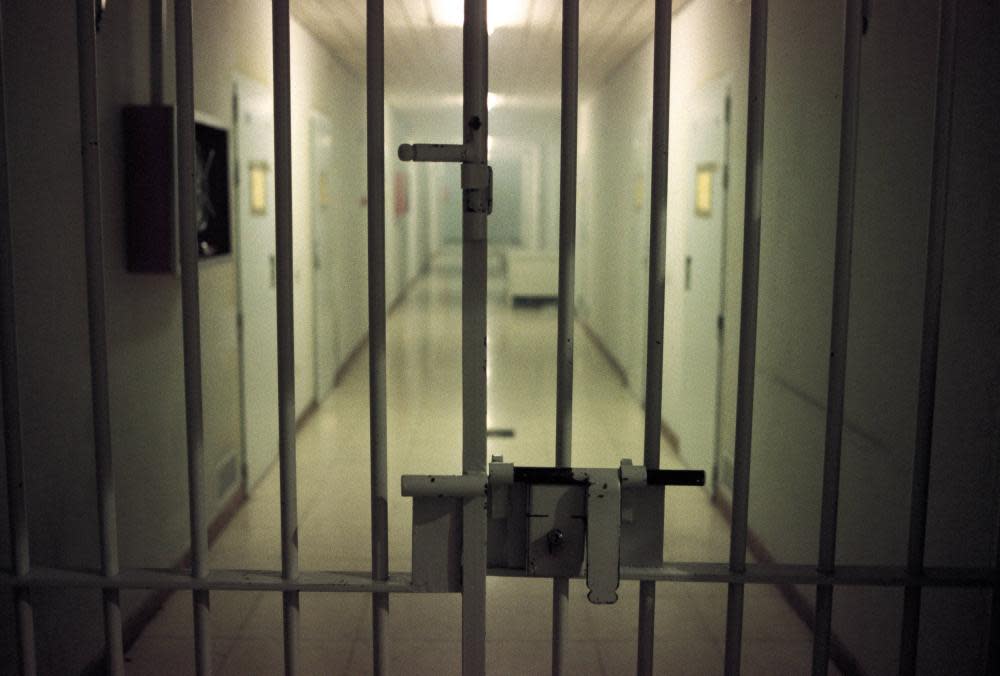Prison study reveals high rate of self-harm after release and mental health failures

One in 15 newly-released prisoners attend hospital for self-harm but emergency departments are failing in their obligations to conduct comprehensive mental health assessments, new research shows.
A groundbreaking study of former prisoners, published in the Australian and New Zealand Journal of Psychiatry this month, has revealed high rates of self-harm following release from prison.
The post-release period is often seen as one of high risk for prisoners. It can be a time of significant upheaval and difficulty, leaving them without the intensive support services offered in prison, and exacerbating isolation, anxiety and other mental health issues.
The study examined the experiences of more than 1,300 prisoners by linking in-depth, pre-release interviews to emergency department and state correctional records.
The researchers found 83, or 6.4%, of the prisoners presented to emergency departments for self-harm. Twenty were hospitalised for self-harm twice and 14 presented three or more times.
Self-harm accounted for 5% of all emergency department presentations by the prisoners. That is 10 times higher than the proportion for the general population.
Eight had self-harmed within three months of release, 27 between three months and a year, and 48 after more than a year.
The study also revealed that only 29% of prisoners who had self-harmed were given a comprehensive mental health assessment.
The study’s authors described that as “extremely concerning” and as potentially in breach of the Royal Australian and New Zealand College of Psychiatrists’ guidelines.
One of the report’s authors, Murdoch Children’s Research Institute research fellow and psychologist Rohan Borschmann, said the guidelines required those assessments to be conducted when a patient presented with signs of self-harm.
“They state clearly that every person who presents to an emergency department following self-harm should be given some form of psychiatric assessment,” Borschmann said. “Our finding that only three in 10 people were receiving that was quite disturbing.”
Before this study, there had been no published data about rates of self-harm among newly-released prisoners.
Borschmann said the data showed the need for the provision of continuous healthcare services to prisoners before and after release.
“First and foremost there needs to be a better link-up between the healthcare provided in prison and the healthcare provided after release from prison,” he said.
“Ideally, that would involve continuity of healthcare beginning before they’re released from prison ... and working with them through that often difficult period of transition.”
Borschmann urged governments to avoid making moral judgments on who should or should not receive proper healthcare.
“People who end up in prison typically have very complex lives and they’re often victims of things themselves,” he said. “It’s a moral issue to comment on who deserves treatment more than others. There really needs to be a shift away from that ‘they’re just bad people’ style of thinking.”
• Crisis support services can be reached 24 hours a day: Lifeline 13 11 14; Suicide Call Back Service 1300 659 467; Kids Helpline 1800 55 1800; MensLine Australia1300 78 99 78; Beyond Blue 1300 22 4636

 Yahoo News
Yahoo News 
